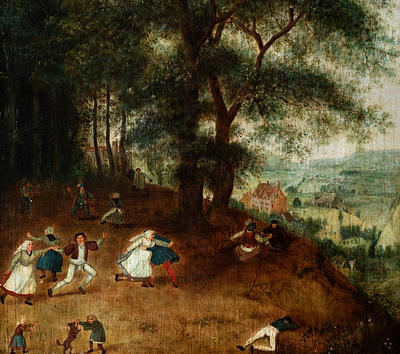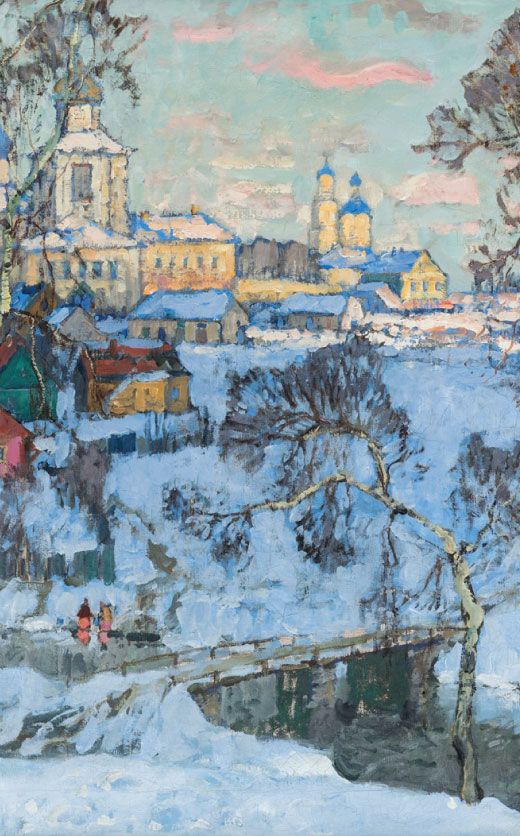Italian school; century XVIII. "Christ in glory with King David, Mary Magdalene and Saint Peter." Oil on canvas. Reengineered.
Lot 74
About Seller
Setdart Auction House
Carrer Aragó 346
Barcelona
Spain
Setdart Subastas was born in 2004 and is currently the first online art auction in Spain with solidity, prestige and reliability guaranteed by our more than 60,000 users. Setdart has a young, dynamic and enterprising team ready to successfully manage the purchase and sale of art works through custom...Read more
Estimate:
EUR€4,000 - EUR€5,000
$4,123.71 - $5,154.64
Absentee vs Live bid
Two ways to bid:
- Leave a max absentee bid and the platform will bid on your behalf up to your maximum bid during the live auction.
- Bid live during the auction and your bids will be submitted real-time to the auctioneer.
Bid Increments
| Price | Bid Increment |
|---|---|
| EUR€0 | EUR€10 |
| EUR€200 | EUR€25 |
| EUR€500 | EUR€50 |
| EUR€1,000 | EUR€100 |
| EUR€3,000 | EUR€200 |
| EUR€5,000 | EUR€500 |
| EUR€10,000 | EUR€1,000 |
| EUR€20,000 | EUR€2,000 |
| EUR€50,000 | EUR€5,000 |
About Auction
By Setdart Auction House
Jun 30, 2021
Set Reminder
2021-06-30 08:30:00
2021-06-30 08:30:00
America/New_York
Bidsquare
Bidsquare : Old Masters
https://www.bidsquare.com/auctions/setdart-auction-house/old-masters-7134
Setdart Auction House sofia@setdart.com
Setdart Auction House sofia@setdart.com
- Lot Description
Italian school; century XVIII. "Christ in glory with King David, Mary Magdalene and Saint Peter." Oil on canvas. Reengineered. It presents a 19th century frame. Presents repaints and old restorations. Measures: 91 x 51 cm; 106 x 73 cm (frame). We are in front of a break of Glory starring the figure of Christ, located in the center with open arms. It is about a center of the composition arranged in the high zone, Jesus is accompanied by an angel that sustains his back, located to his right of profile to the spectator, several amorcillos, and in the inferior zone to his left, a character that sustains the Cross, that could be understood as the representation of the good thief. Continuing with the upper zone of the composition, it is worth mentioning that in the right corner two angels contemplate the scene, and it seems that they comment among themselves, as spectators of the Glory of Christ. In the earthly plane, located in the lower zone, several characters are concentrated, almost all of them in the foreground. By the iconographic attributes that they carry, these can be identified as King David, located in the lower left corner, which stands out for his crown, his rich clothes and the harp. In the center we find the figure of Mary Magdalene on her knees, with a bare chest and the skull in her hand, later to her right a character who denies looking at Jesus, can be identified as the evil thief and finally, St. Peter holding the keys in his hands. All the characters direct their gaze towards the figure of Christ, who in turn lowers his face slightly to contemplate them. It is possible that he belongs to the circle of the artist Carlo Maratta, also known as Carlo Moratti, was born in Camerano, then part of the Papal States of Rome, a city to which he travels in 1636, apparently with the secretary of Taddeo Barberini, and became an apprentice in the workshop of Andrea Sacchi. At this time his style was close to Sacchi's classicism, more measured and harmonious than Cortona's baroque style and influenced by Carracci, Guercino, Guido Reni, etc. He carried out numerous commissions for Pope Alexander VII (reign 1655-1667) and, from around 1660, his "portfolio of clients" spread throughout Europe and belonging to the upper class, which led to the establishment of the main workshop in Rome after Bernini's death in 1680, from which time he became the most important artist in the city.In 1664 he became director of the Accademia di San Luca in Rome, further promoting the study of classical antiquity. He produced works that are preserved in Palazzo Altieri, Palazzo Pitti in Florence, in Santa Maria in Vallicella, in the Cybo Chapel of Santa Maria del Popolo, etc. It should also be noted that, in addition to his frequent religious themes, he was highly appreciated as a portraitist, and also for his works on mythological subjects. From the beginning of the 18th century, due to the economic situation, he would dedicate himself above all to the "pictorial restoration" of works by Raphael Sanzio, Carracci, etc. Works by the master are kept in important private collections all over the world, as well as in institutions such as the Prado Museum in Madrid, the National Gallery in London, the Hermitage in St. Petersburg, the Thyssen-Bornemisza Museum in Madrid, the Getty Museum, the Royal Museums of Fine Arts in Belgium, etc.
- Shipping Info
-
In-house shipping available. Please inquire at admin@setdart.com.
-
- Buyer's Premium



 EUR
EUR CAD
CAD AUD
AUD GBP
GBP MXN
MXN HKD
HKD CNY
CNY MYR
MYR SEK
SEK SGD
SGD CHF
CHF THB
THB

















